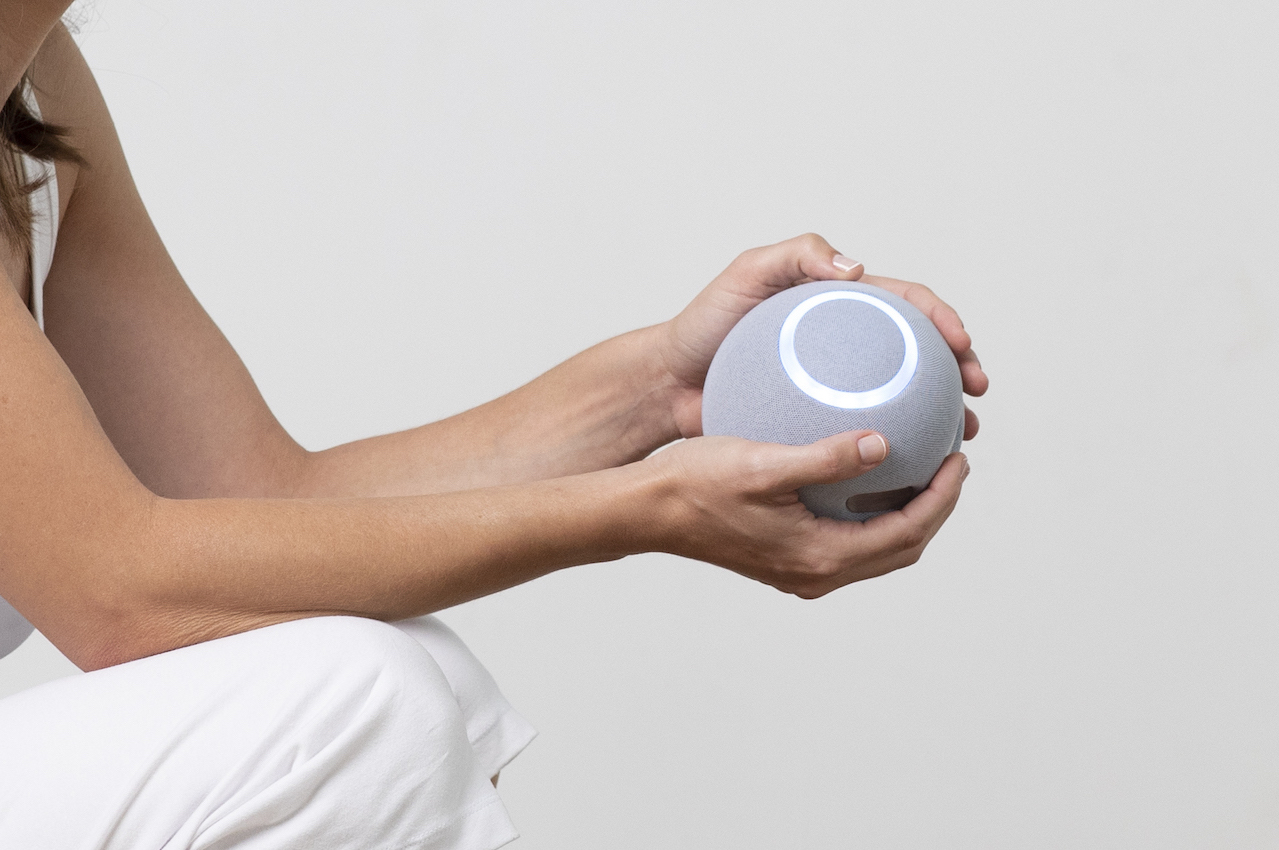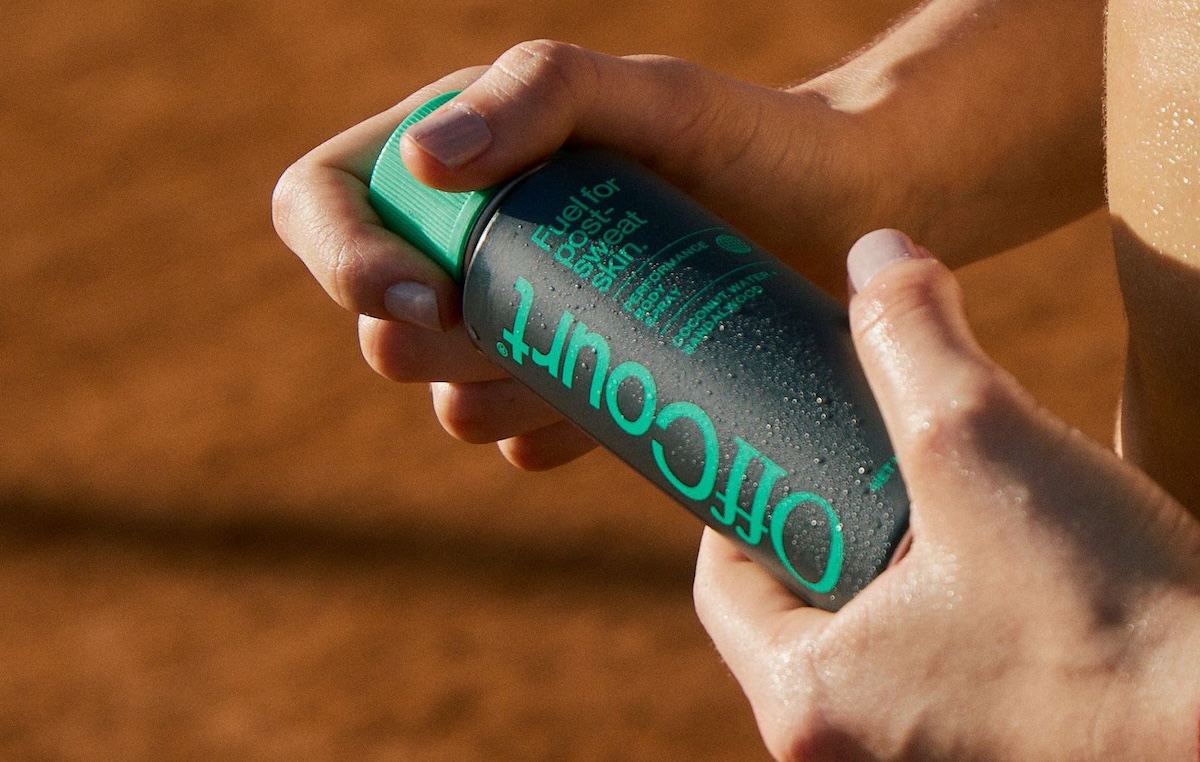Stressed out and anxious, the new generation is pondering a better way to meditate.
How we got here: Over the last decade, meditation has become a go-to salve for mental wellness.
- The number of US adults who practice meditation has more than tripled.
- Meditation apps Calm and Headspace have grown into billion-dollar giants, attracting tens of millions of users across the world.
Modern meditators. An ancient practice, meditation can take decades to master — but many want to overcome their stress and anxiety now. As a result, a new generation of digital natives are turning to tech to help them optimize their zen.
Gadgets as guardrails. Using electrical sensors to detect biofeedback (such as brain waves, muscle tension, or heart rate variability), startups are crafting tools to fine-tune your inner peace.
- Reflect Orb, a ball with six electrodes that measure heart rate variability and electrodermal activity, raised $3M last year.
- Last year, recovery tech company Hyperice acquired Core, which offers a handheld, biometric meditation ball that tracks heart rate and stress levels.
- The Indian Olympic team used Dhyana, a smart ring that uses infrared to monitor and map out breathing patterns and heart rate, during the Tokyo Games.
- Zendo Meditation, an MP3-shaped device, attaches two electrical pads attached to users’ foreheads to monitor the brain and stimulate deeper meditation.
On top of meditation training, Muse and Earable offer headbands with capabilities beyond biometrics, using neural signals to improve sleep and, a step further, cognitive function and focus. Earable just raised $6.6M, led by Peter Thiel-backed Founders Fund, this January.
Elsewhere, as the metaverse gains momentum, Toronto-based Hoame recently launched virtual boutique meditation studios on Meta Quest (formerly Oculus Quest), while Guided Meditation VR allows users to escape to 100+ lush locations by simply putting on their headset.
Sweat it out. A potential new frontier, scientists have figured out how to detect and measure the stress hormone, cortisol, in sweat. If, say, Apple were to integrate cortisol management into its wearables, connected mindfulness would be an easy jump for the growing cohort that is obsessed with recovery.
Peddling peace. But as the $4B mindfulness market continues to expand, there’s growing concern over the lack of regulation. A study done in 2017 found that, at the time, less than 4% of “anxiety apps” had been thoroughly tested. Further, many are skeptical of profit-minded tech companies appropriating tranquility.
However, as a guiding tool for novices, it’s hard to discount the value of this category. After all, it’s hard to improve what you can’t measure.
Punchline: As we’ve covered previously, there’s an underlying irony to connected mindfulness — some argue that it isn’t meditation at all. But, as Indian athlete and Dhyana ring endorser Pullela Gopichand puts it, “meditation is such an abstract concept… the new generation wants quantitative results.”
 Reflect
Reflect

